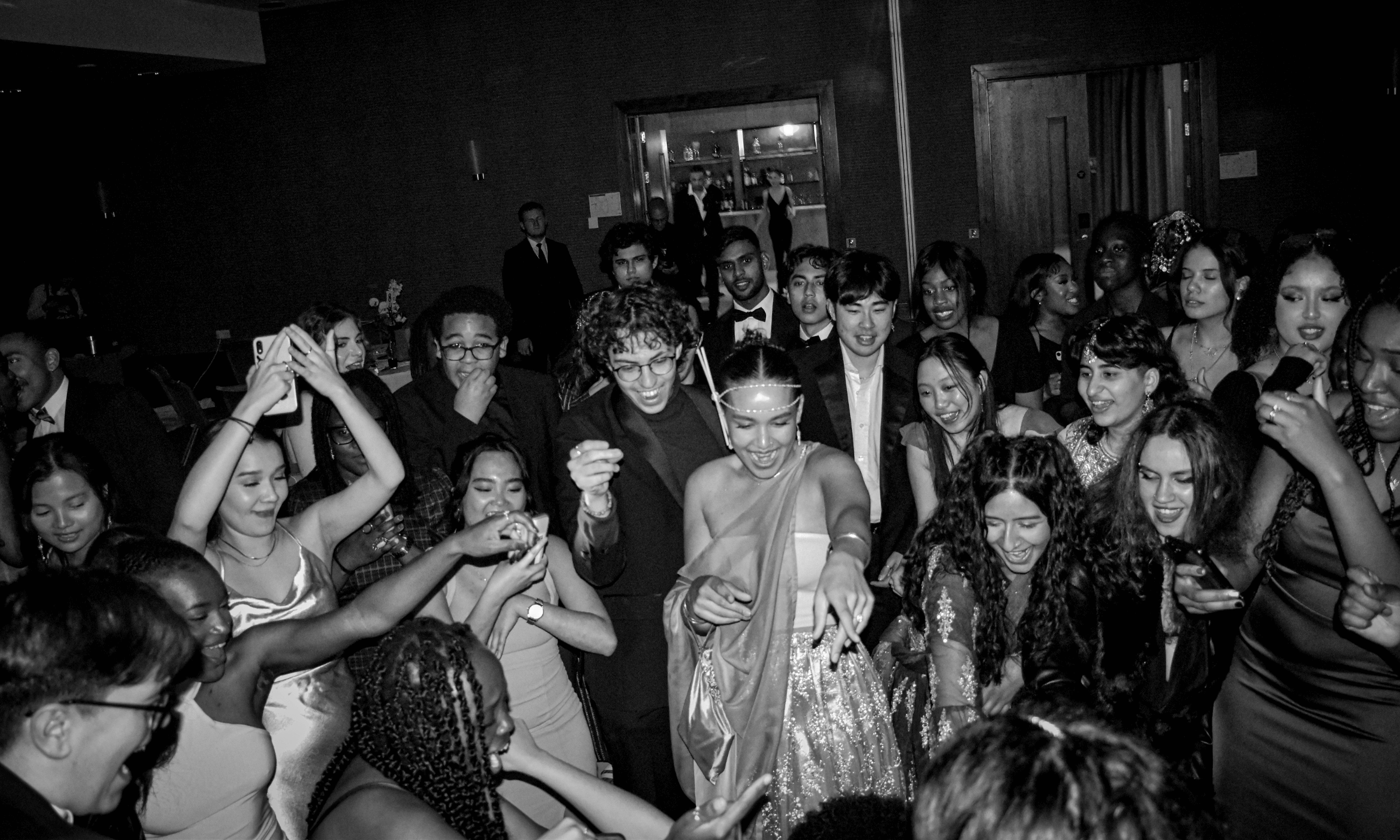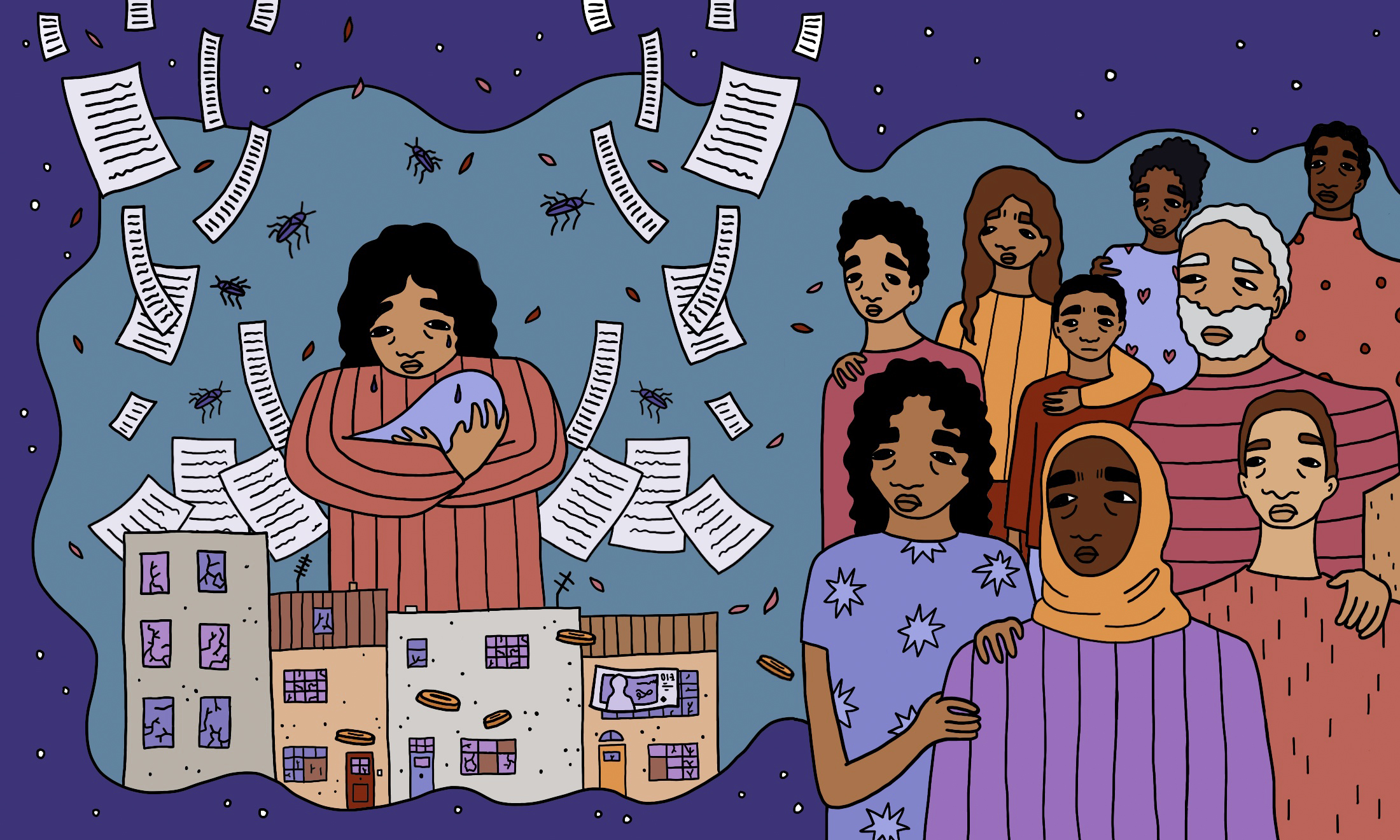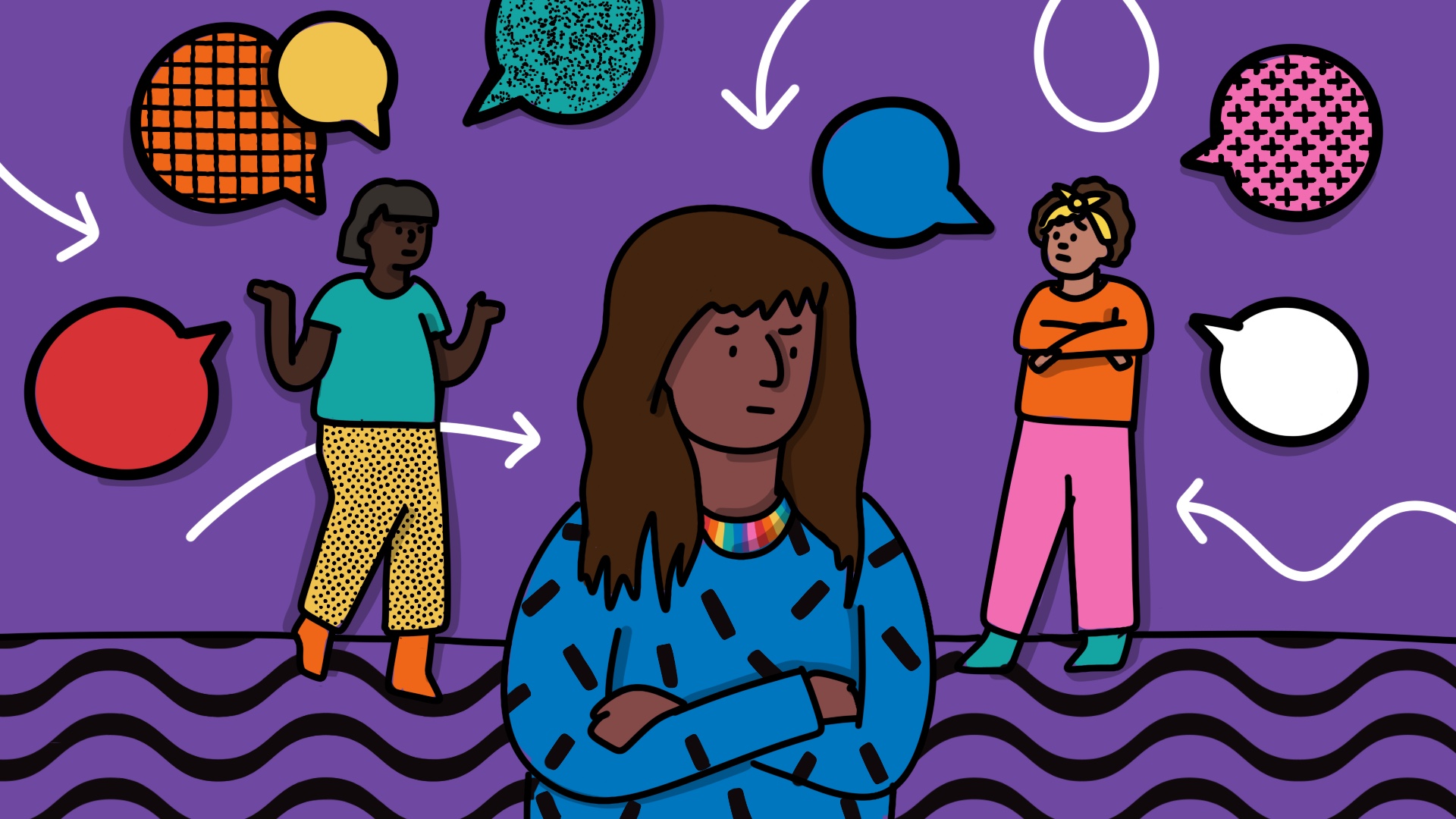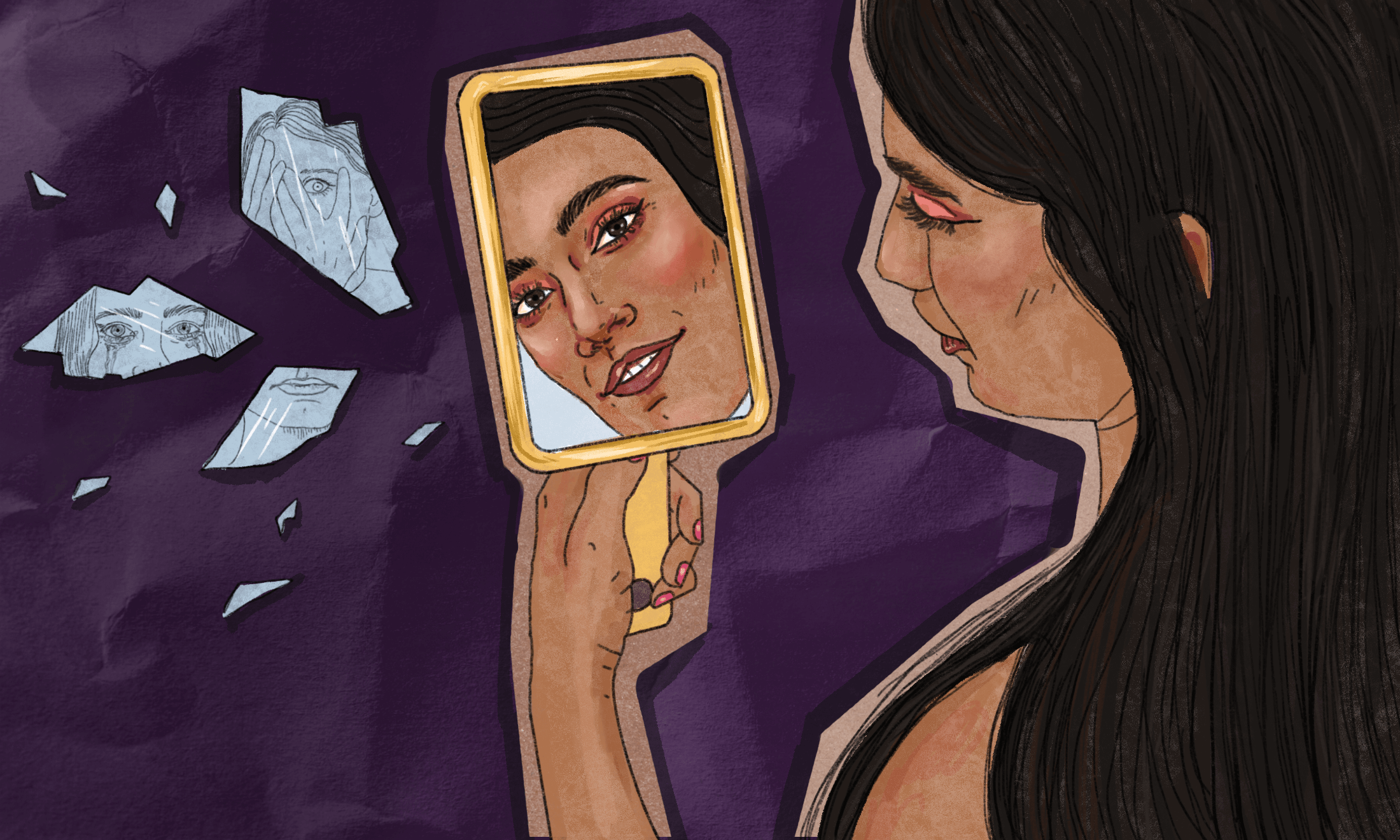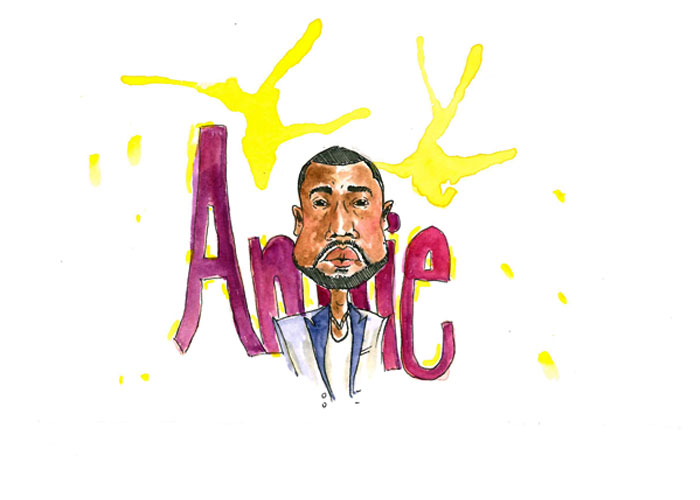
When will black mental health be taken seriously on the British stage?
Ana Cristina Peralta
06 Nov 2017
It’s not often that a piece of theatre, or any other performance medium for that matter, manages to accurately portray what it’s like living with a mental illness. Nevertheless, as we have begun opening up dialogue on the importance of mental wellbeing, art and its creators are trying to reflect this shift in perception. Hollywood blockbusters now focus in on the weariness of our once extroverted hero; rappers talk openly about attempted suicides/depression on their tracks, and a blue hue is favoured by television cinematographers, flaunting our obsession with the dramatisation of ennui.
Part of this year’s annual Hightide Festival, Kanye The First, a play written by Sam Steiner, promised to be “a dazzlingly… drama about identity, guilt, contemporary culture and the second coming of Kanye West” … who just so happened to be a young white woman called Annie from the UK. Whether or not this Freaky Friday-esque comedy was actually a defence of Kanye West’s public meltdowns (as the writer insists in this Guardian interview) or just another exercise of white privilege, is totally dependent on who is watching; as the audience were predominantly white, the nuanced view of black mental health is completely missed.
For me, the play only presented problems but never actually confronted them. It only alluded to the problematic nature of a black superstar being reincarnated into the body of a white woman, without ever really giving the characters and the audience the explanation they deserved.
I left the tent at Walthamstow feeling disappointed, patronised and in all honesty utterly confused. Why does British theatre still continue to dismiss mental health in the black community?
So, I began thinking back to the plays I had seen this year which also attempted to deal with the same issue and sure enough, a pattern began to emerge almost immediately.
“you cannot ignore how these shows simplify the trauma of racism by commandeering black bodies for the white gaze.”
In May I saw Matthew Xia’s adaptation of Joe Penhall’s Blue/Orange at the Young Vic, starring Daniel Kaluuya as Christopher, a Londoner institutionalised for borderline personality disorder. This powerful three-hander between the patient, his psychologist and the head of the clinic (both white men), was a startling look at the impact NHS budget cuts have on mental health services and a thought-provoking look at the exploitative nature of the healthcare system.
Alice Birch’s Anatomy of a Suicide at The Royal Court expertly challenged the concept of inherited suicide, following three generations of women (mother, daughter, and granddaughter). Actress Adelle Leonce played the mixed-race granddaughter Bonnie, who is troubled by her mother’s suicide to the point of paranoia. Although displaying the three narratives simultaneously was a cathartic experience, it meant that her story was ultimately overshadowed.
Now, this isn’t to say that these plays weren’t impressive or had interesting things to say about invisible disabilities in the modern age, they absolutely did. Yet you cannot ignore how they simplify the trauma of racism by commandeering black bodies/pain through and for the white gaze. In Kanye the First although the subject of the story is Kanye, he is killed off in order to make room for his struggles to be told through Annie. This erasure of black bodies and minds is disturbing but can also be found in real life:
According to mental health charity Mind, black people are six times more likely to be admitted into a psychological facility, with 23% of overall admissions being someone from a BAME background.
Research indicates that black people detained under mental health legislation are 29% more likely to be forcibly restrained, with 50% more likely to be placed in seclusion or diagnosed as psychotic than their white counterparts.
So where are the true examinations of the psychological effects of racism being shown on stage, which don’t rely on the narrative of the white saviour?
“What is clear, is that theatre still has a long way to go, not just in terms of accurately representing black and ethnic minorities but in becoming more aware at the subtle messaging of their stories”
It is easy to dismiss Kanye’s behaviour as “crazy” or relate it to his privilege as an artist with money and power by having a young white woman speak on his behalf. In Blue/Orange, Christopher has no choice but to leave the hospital, a decision which trivialises an analysis of his care (which in my opinion was the real crux of the play) in place of a power struggle between two white men already in prominent positions of power. Although Anatomy of a Suicide broke the traditional conventions of theatre, I couldn’t help but feel that perhaps Bonnie deserved to tell her story on her own terms.
What is clear, is that theatre still has a long way to go, not just in terms of accurately representing black and ethnic minorities but in becoming more aware at the subtle messaging of their stories. Art is influential in helping to educate audiences and changing their perceptions of the world around them; a play which attempts to address cultural appropriation by culturally appropriating the subject is not only exhausting but hypocritical.
News of actor and playwright Kwame Kwei-Armah (Holby City, Casualty, Elmina’s Kitchen) being named as the new artistic director for The Young Vic brought with it a sigh of relief and celebration amongst black creatives in the theatre industry, for this very reason. The hope is that this decision will bring with it a shift in the way we explore black stories; hopefully writing which makes black lives and their mental health a priority rather than a plot device.
I thought back to the second half of Kanye The First, during a conversation with Kanye’s manager in which Annie wrestles with the moral implications of performing Kanye’s music for money, to which he says: “Guess what? Nobody cares.”
It took all my energy not to stand up, fling my glasses at the stage disrupting the entire proceeding and shout out, “I do!”

